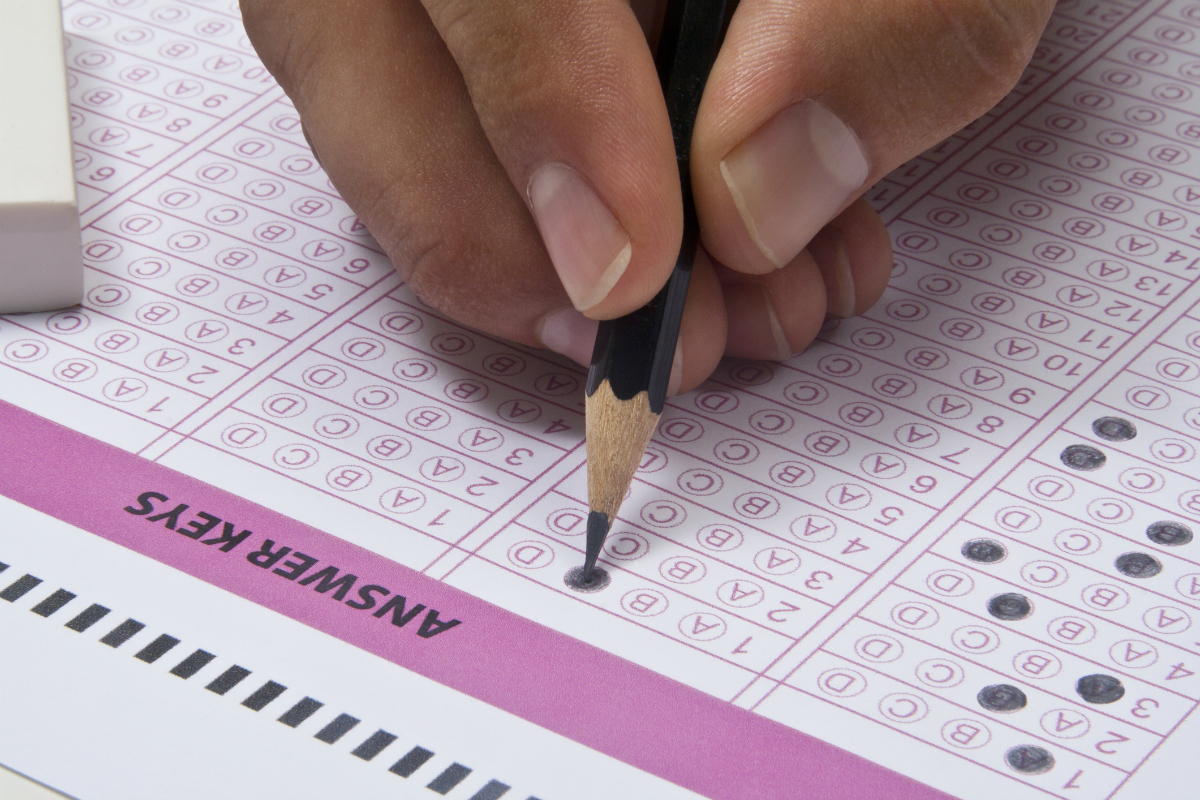The 2023 Report on Condition of Education released May 24 by the National Center for Education Statistics (NCES) found that nearly every aspect of preK-12 education has been impacted by COVID-19: School and teacher preparation program enrollment both declined, teaching positions remain vacant, student mental health needs have increased, assessment scores dropped, and about half of students nationwide were below grade level in at least one subject as this school year started.
This latest edition of the NCES’ annual report contributes to policymakers’ understanding of the challenges and recovery from the pandemic, said NCES Commissioner Peggy G. Carr.
“These challenges include declines in math and reading scores during the pandemic and greater numbers of students seeking mental health services. This is happening against the backdrop of difficulties hiring teachers and changes in enrollment patterns, for example a drop and partial rebound for public pre-K and kindergarten enrollment,” Carr said in a statement. “Our understanding of these issues will grow as NCES continues to collect and report data in the coming months and years.”
Topics covered in the report include pre-K through postsecondary education — with indicators that range from crime, enrollment, course-taking habits, student outcomes, school finances, governance, staffing and more — as well as labor force outcomes and international comparisons.
With the 2023 release, NCES included two new indicators spotlighting challenges faced by schools during the coronavirus pandemic. The first focuses on teacher vacancies, while the second offers a closer look at pandemic-era challenges and strategies for pandemic recovery.
Among the report’s key findings:
Enrollment
- School enrollments generally remained lower in fall 2021 than their pre-pandemic levels
- Total public elementary and secondary school enrollment increased by 3 percent, from 49.5 million to 50.8 million students, from fall 2010 to fall 2019. However, enrollment then dropped by 3 percent to 49.4 million students in fall 2020 and remained at a similar level in fall 2021.
- PreK enrollment was a somewhat brighter spot. The percentage of 3- and 4-year-olds enrolled in 2021 (50 percent) was 10 percentage points higher than 2020 (40 percent) but remained lower than 2019 (54 percent). About 86 percent of 5-year-olds were enrolled in school in 2021, compared with 91 percent in 2019.
- Additionally, enrollments in pre-K and kindergarten both rebounded somewhat from fall 2020 to fall 2021 (increasing by 14 and 5 percent, respectively), but enrollment in elementary and middle school grades decreased by 1 percent.
- Between fall 2010 and fall 2021, public charter school enrollment more than doubled, from 1.8 million students in fall 2010 to 3.7 million students in fall 2021 — an overall increase of 1.9 million students.
Staff openings
- Among public schools with at least one open teaching position, the percentage that reportedly found it difficult or were unable to fill these positions was higher in the 2020–21 school year than in 2011–12 across 12 reported subject areas.
- Forty percent of public schools hiring for open teaching positions in special education reported having difficulties filling the opening in 2020-21, compared with 17 percent in 2011–12.
- On a national level, such challenges could continue to worsen, as traditional teacher preparation program enrollment decreased by 30 percent between 2012–13 and 2019–20. The number of people completing these programs decreased by 28 percent.
- About 70 percent of public schools reported in April 2022 that the percentage of students who sought mental health services from school had increased since the start of the pandemic — yet only 12 percent of schools strongly agreed, and 44 percent moderately agreed, that their school was able to effectively provide mental health services to all students in need.
Science, technology, engineering and mathematics (STEM)
- More high school graduates had completed mathematics and science courses in 2019 than in 2009, including courses in algebra II (85 vs. 80 percent), precalculus/mathematical analysis (40 vs. 36 percent), and all three subjects of biology, chemistry and physics (35 vs. 30 percent). Calculus completion was lower (16 percent in 2019 vs. 18 percent in 2019).
- In 2022, the average fourth grade National Assessment of Education Progress (NAEP) math score (236) was lower than the score in 2019 (241), but it was higher than the score in 1990 (213). For eighth-grade students, the average mathematics score in 2022 (274) was lower than the score in 2019 (282), but it was higher than the score in 1990 (263).
- At the international level, in 2019, both the U.S. average mathematics score (515) and the U.S. average science score (522) were higher among eighth graders than the Trends in International Mathematics and Science Study (TIMSS) scale centerpoint (500 for both assessments). Ten education systems had higher average mathematics scores than the United States, seven had scores that were not measurably different, and 28 education systems had lower average scores. Similarly, 10 education systems had higher average science scores than the United States, nine had scores that were not measurably different, and 26 education systems had lower average scores.
NCES also released the latest set of Digest of Education Statistics tables. These 184 tables provide a more detailed look at the topics discussed within the Condition of Education system, which includes the full report and indicators, a national dashboard (at a glance), a reader’s guide and a glossary.





